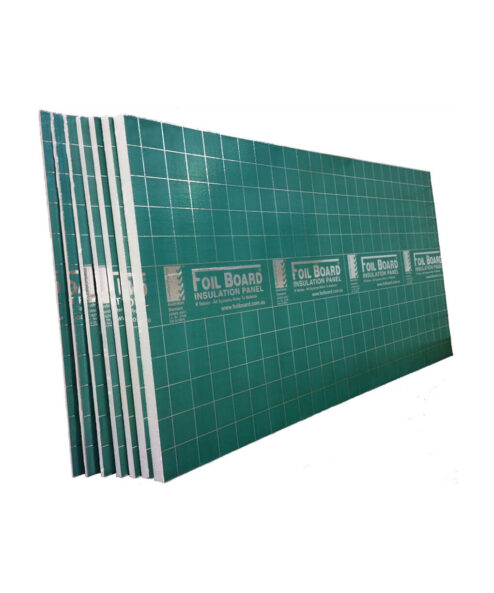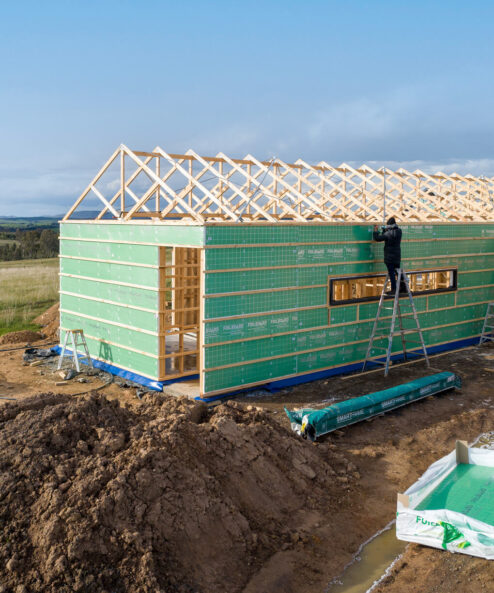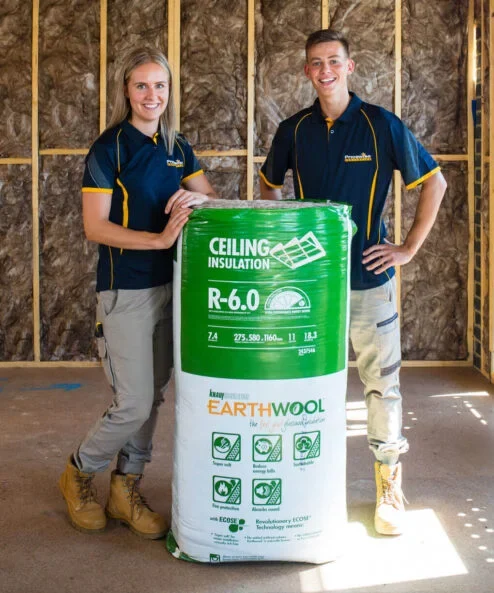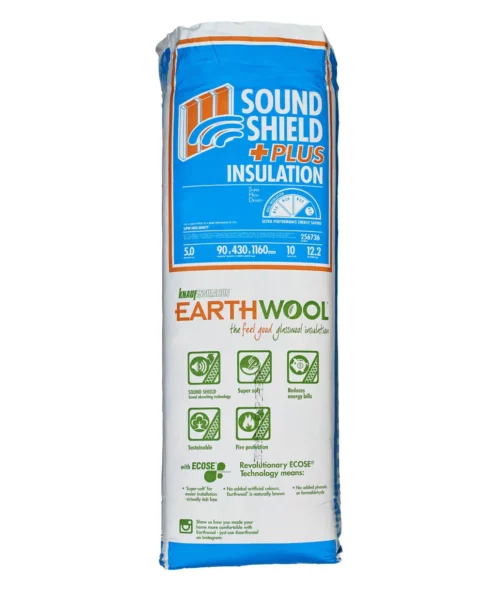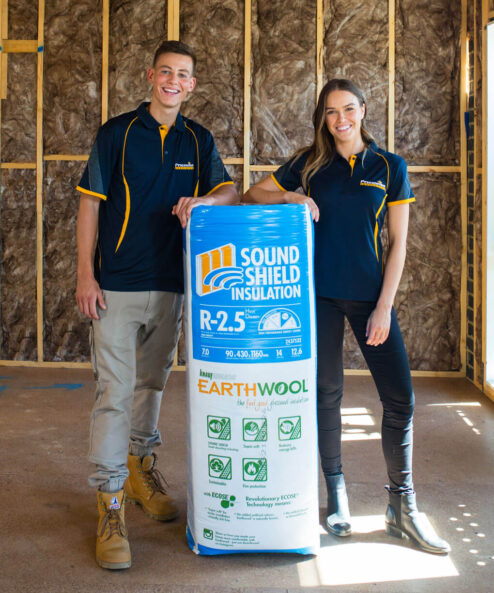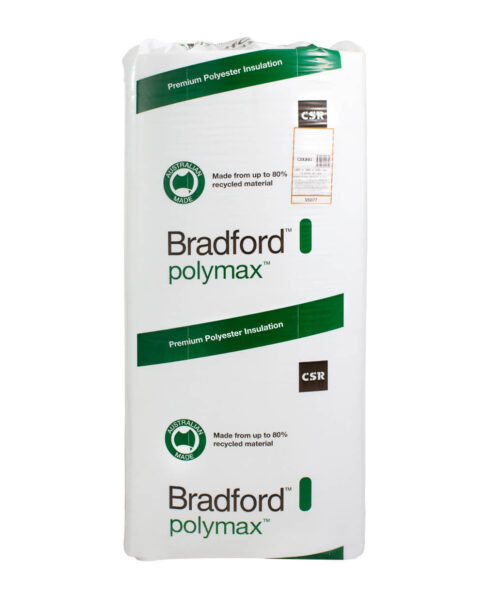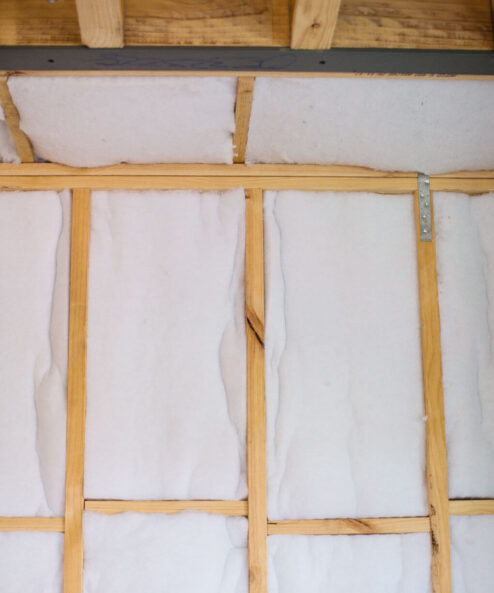Insulation Tips
Can Home Insulation get mouldy?
Unfortunately, mould can grow almost anywhere in the presence of moisture and mould spores, including your home insulation material. Preventing mould growth is very important as once you have mould, it becomes a much bigger task to clean up and stop its spread.
How To Avoid Mould Growth?
Although easier said than done, there are a number of preventative measures you can take to reduce the risk of mould growth on your ceiling, wall, and underfloor insulation. Firstly, ensure that your insulation is never wet or moist. If you find that it is, address the cause of any moisture or water leaks before replacing and installing new home insulation. It is very important to keep your insulation dry and ventilated as this will minimize the risk of mould growth. Its also worth taking the time to maintain the outside area of your home to prevent water seeping into your home. This includes; cleaning out clogged gutters, fixing leaking taps and tightening pipes.
Today, most homes are built with as water vapour barrier to prevent moisture and mould spores from entering your home. Excessive moisture can cause permanent staining to the area and may even cause structural damage to your home. Ensure good ventilation in areas of higher humidity within your home such as the bathroom and kitchen. During the winter months, humidifiers should be used according to manufactures instructions and water changed daily. Mould growth can have adverse effects on the occupants of your home including pets.
Signs and Symptoms of Mouldy Insulation?
It is important to catch mould growth in its early stages before it causes irreversible damage to your home insulation. If you suspect your insulation may be mouldy we recommend inspecting it for obvious blackened or darkened areas. If you see mould, remove it as soon as possible as excessive mould may require professional removal. If you can’t see the mould but it smells musty and stuffy you may need to investigate further. Areas to check more regularly include basement, underfloor area, attic, and roof space.
Removing Mouldy or Damaged Insulation
Remove moldy insulation! There is no other way to say it. Mould is a serious problem that can cause adverse health affects to you and your family. If you are attempting to remove mouldy insulation yourself, remember your safety and those around you should be first priority. We recommend you consider the following before removing mouldy insulation yourself.
- Use protective gear before removing mouldy insulation, such as gloves, safety glasses, long pants and long sleeves. A respirator or mask should be worn to ensure no mould spores are inhaled during the removal.
- Line the area with disposable floor cloths to catch any fall-off insulation material during removal.
- Handle mouldy insulation gently and place straight into a garbage bag. Tie closed to ensure no additionally spores are released and discard appropriately.
- Take off protective clothing and wash thoroughly in hot water. Through away any disposable material and wipe equipment items with diluted bleach. Lastly, take a hot shower to ensure any spores that may be on your skin is washed away.




